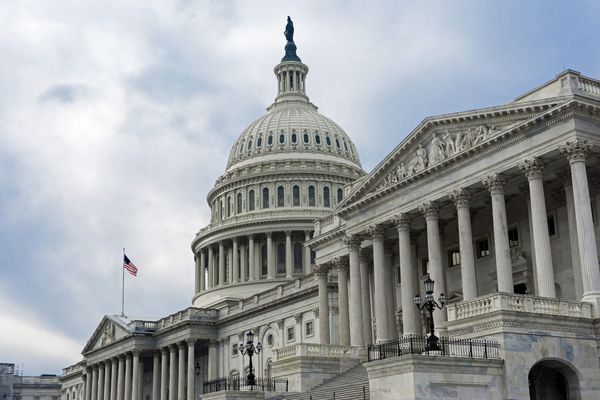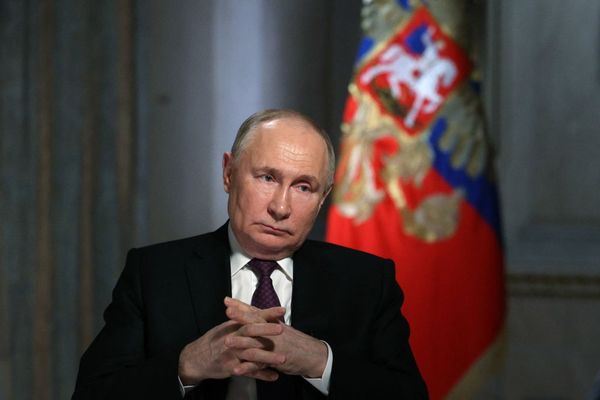Bottom Line Up Front
- An anti-Semitic attack in Germany resulted in two dead as a white supremacy extremist symbolically chose Yom Kippur as a day to target Jewish worshipers as they attended religious services.
- In Germany and throughout Europe, individuals and groups have sought to normalize extremist ideologies, seeking to bring them from the margins into the mainstream.
- Like many other countries, Germany is experiencing a rise in white supremacy extremism, racism and anti-Semitic violence.
- These attacks are not isolated but rather part of a leaderless ‘acceleration’ movement that encompasses many different groups and ideologies.
There is a serious and growing threat of extremist violence that incorporates anti-Semitism, racism, and misogyny as part of a transnational network that laments the idea of ‘the great replacement.’ From chat rooms to social media, supporters—almost entirely male—discuss white supremacy and their fear of ‘white genocide’ while also exchanging tactics and tips on conducting attacks and spreading propaganda. These supporters are encouraged by a legion of supporters that celebrate violent actions online. From Charleston to Christchurch, and now Halle, Germany, there is a growing trend of targeted violence, primarily against Jews, Muslims, Latinos in the United States, and women. These attacks are not connected in the traditional sense of being directed by a single group or leader. But they are connected by the larger white supremacy extremist (WSE) movement. These attacks appear random but are not; the targets are chosen based on their religion, ethnicity or sex and the attackers are energized to ‘one up’ previous death tolls or ‘views’ by livestreaming their attacks.
On October 9, a German man in Halle, a city in eastern Germany, attempted to conduct what authorities say would have been ‘a massacre’ at a synagogue full of worshipers celebrating the holy day of Yom Kippur. The attacker posted a manifesto written in English before his attack and livestreamed the assault on the gaming site Twitch. He was explicit in his motivations to kill as many Jewish people as he could, saying that killing just one Jewish person would make his death and the attack worthwhile. Writing his so-called manifesto in English suggests his audience was global, not just local. The live-streaming of an attack is reminiscent of the March 2019 attack in Christchurch, New Zealand, where the attacker killed 51 people at several mosques.
The live-stream showed a pathetic and frustrated male yelling at his computer when it took too long to load a program, and then yelling at himself when he was unable to break the door and enter the synagogue. Demonstrating planning and premeditation, the attacker symbolically chose one of the holiest days in the Jewish religion, Yom Kippur, to attempt to murder as many Jewish worshipers as he could. Although he was unable to gain entrance to the synagogue, the attacker still managed to murder an elderly woman walking past and another man outside a kebab shop nearby. Police arrested the suspect several hours later.
Germany is far from alone in experiencing a rise in violence perpetrated by anti-Semites, misogynists, and white supremacy extremists. The United States, which has always struggled with violent racism, is struggling to counter a similar spike in racially and religiously motivated violence. The anti-immigrant sentiment spewed by elected officials has predictably given way to violence against minorities, especially Latinos. A white male killed 22 people in an attack in El Paso in which he stated he was deliberately targeting ‘Mexicans’. The Department of Homeland Security recently released an updated counter-terrorism strategy that, for the first time, added white supremacist violence as a major national security threat. In Germany and elsewhere throughout Europe, individuals and groups have sought to normalize extremist ideologies, seeking to bring them from the margins into the mainstream. The attack in Halle and other recent attacks in Germany, including the murder this past June of German pro-immigrant politician Walter Lubcke, is evidence of the challenge facing Berlin as it grapples with the growth of extremist violence and intimidation facilitated by neo-Nazis and other far-right elements with transnational connections.











